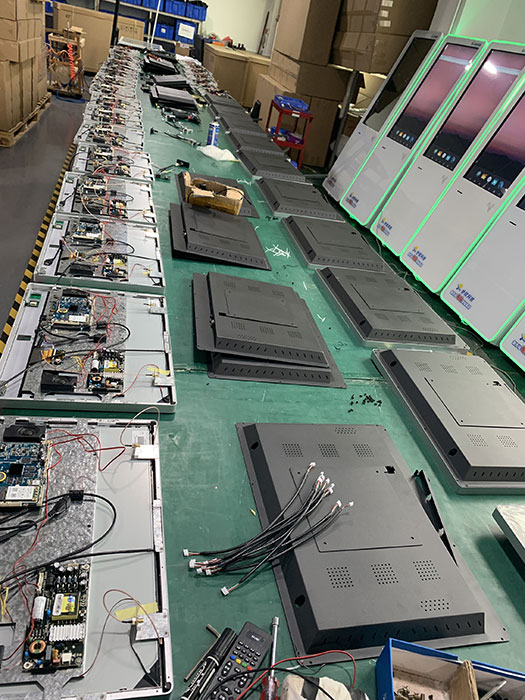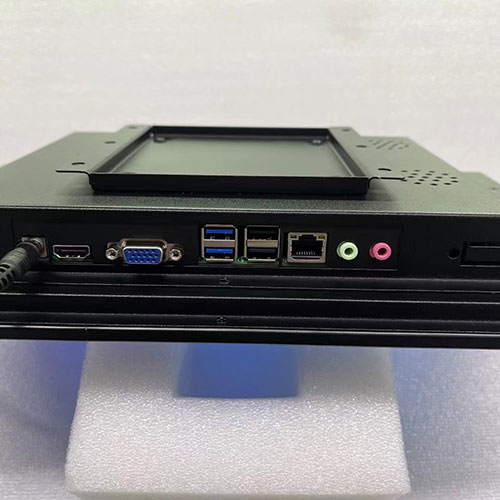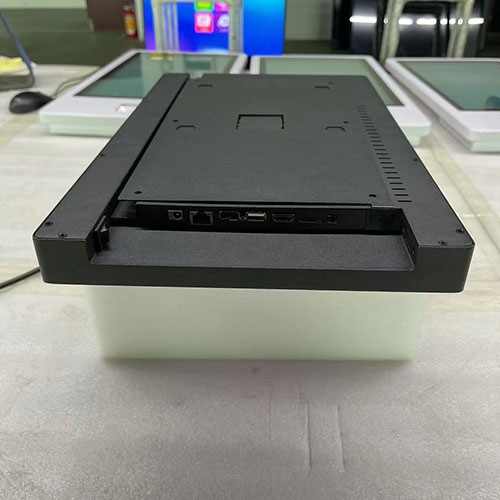Written By Rich Jiang On 9th November 2022
Some time ago several friends have been discussing the difference between VGA and HDMI interfaces, today we will talk in detail about VGA, DVI, HDMI their differences and characteristics.
Many people have great misunderstandings about VGA, DVI, HDMI, in order to make more people clear and more clear about their relationship, down we list it one by one:

HDMI supports HD, VGA also supports the same. HDMI currently supports up to 1920 * 1080P HD format, VGA supports a variety of resolutions from 640 * 480 all the way up to 2560 * 1600, but VGA is extremely vulnerable to other The signal interference, so the HD resolution seems a bit false, in order to avoid interference with the screen, in the resolution of 1920 * 1080P below, you can use the VGA interface.
Misunderstanding 2: HDMI bandwidth is high, VGA bandwidth is low. So HDMI is better than VGA
The bandwidth of HDMI is digital signal bandwidth, VGA is analog signal bandwidth, which are two different technologies of transmission. If you want to compare, you can compare in the case of transmitting the same resolution, such as HD, HDMI needs 2.2GHz bandwidth, while VGA just needs 172MHz bandwidth. But high bandwidth is not equal to HDMI transmission of more video signals, it is simply because of the difference in transmission technology.
Misunderstanding 3: HDMI signal does not require digital-to-analog conversion, no signal loss; VGA signal requires digital-to-analog conversion, signal loss
HDMI does not require digital-to-analog conversion, but it still has to go through digital-to-digital conversion. No matter how it is the conversion process and what it is converted to, it is ultimately a description of the analog electrical signal.
The digital signal described by the signal is composed of a single point, in the change of the signal is incoherent, while the analog signal is a continuous curve, so the analog signal gives a better sense of reality. When the digital signal is converted to analog signal, what comes out directly is also a single point (the sampling point of the digital signal), and the part that is not described will be generated automatically by the conversion program (similar to the anti-aliasing technology of 3D) to form a continuous analog signal waveform. When the analog signal is converted to digital, the continuous analog signal is converted to a digital signal describing a single point and the signal becomes incomplete. From this process, the digital signal is converted to analog signal with enhancement rather than with loss, while the analog signal is converted to digital signal only with loss.

And in the VGA transmission process, the signal loss of VGA to LVDS driving LCD panel can be ignored, because in the case of the same digital sampling rate at the front and back ends, these lost signals would have been the part that the program automatically fills (when converting digital signal to analog signal), not the loss of the original signal of the digital signal source.
VGA (Video Graphics Array) also has a name called D-Sub. is an analog signal, can only transmit video signals, VGA interface has a total of 15 pins, divided into three rows, each row of five holes, is the most widely used type of interface on the graphics card, the vast majority of graphics cards with such interfaces. It transmits red, green and blue analog signals as well as synchronization signals (horizontal and vertical signals). Using VGA to connect devices, the cable length should preferably not exceed 10 meters, and pay attention to whether the connector is firmly installed, otherwise it may cause a false image in the image, in addition, VGA can only transmit VGA supports the simultaneous display of 16 colors or 256 shades of gray at a higher resolution of 640 x 480, while it can simultaneously display 256 colors at a resolution of 320 x 240.
Features
1.Is the transmission of analog signals, as the higher the resolution of the monitor the more blurred the picture will be. Generally analog signals in more than 1280 × 1024 resolution above the case will be a significant error.
2.Because it is analog information, the signal is extremely vulnerable to interference.
3.It cannot convey audio.
4.Generally without amplifiers and converters in about 30 meters, plus amplifiers and amplifying converters can be up to 150 meters.
DVI (Digital Video Interface) is a high-speed transmission of digital signals, no longer after the digital-to-analog conversion. DVI interface has a variety of specifications, common DVI-A, DVI-D and DVI-I. DVI video transmission avoids the analog video signal transmission process of the sender (generally graphics cards) of the digital-to-analog conversion and the receiver (generally LCD monitors) of the analog-to-digital conversion process, while also avoids the problem of noise interference in the analog signal transmission process, so there is no loss of image.

Features
1.Digital signal, avoiding the analog / digital conversion process, the signal has no attenuation, the color is more pure and realistic.
2.Only the video signal is transmitted, not the audio signal.
3.Supports a variety of formats, including 1920 * 1080 all HD format.
4.The effective transmission distance is only about 5 meters.
HDMI (High Definition Multimedia Interface) is a digital video/audio interface technology, is a dedicated digital interface for video transmission, which can simultaneously transmit audio and video signals, the highest data transmission speed of 5Gbps. It also eliminates the need for digital/analog or analog/digital conversion prior to signal transmission.

Features
1.Can transmit uncompressed audio signals and high-resolution video signals, digital signals, high quality.
2.Increase the data transmission bandwidth up to 5Gbps.
3.Up to 1080P video can be supported.
4.Theoretical 20m, but need good quality line, the actual market within the general 15m.
5.Simultaneous transmission of audio, video, copyright protection, very popular in the field of consumer electronics.
6.HDMI is an external interface, the resolution and color depth of the video has limited ability to enhance.
7.HDMI compatibility is not good.
Summary
VGA, DVI, HDMI each have their own advantages and disadvantages, but does not prevent us from using it at high frequency. In different digital kiosk machines built on different digital signal accessories, can make our work and life more non-full colorful! Welcome to know more about the machine!
 Rich Jiang
Rich Jiang
Rich Jiang is the Marketing Director at CY Digital Signage. And he has over 15 years experiences in digital signage displays.
